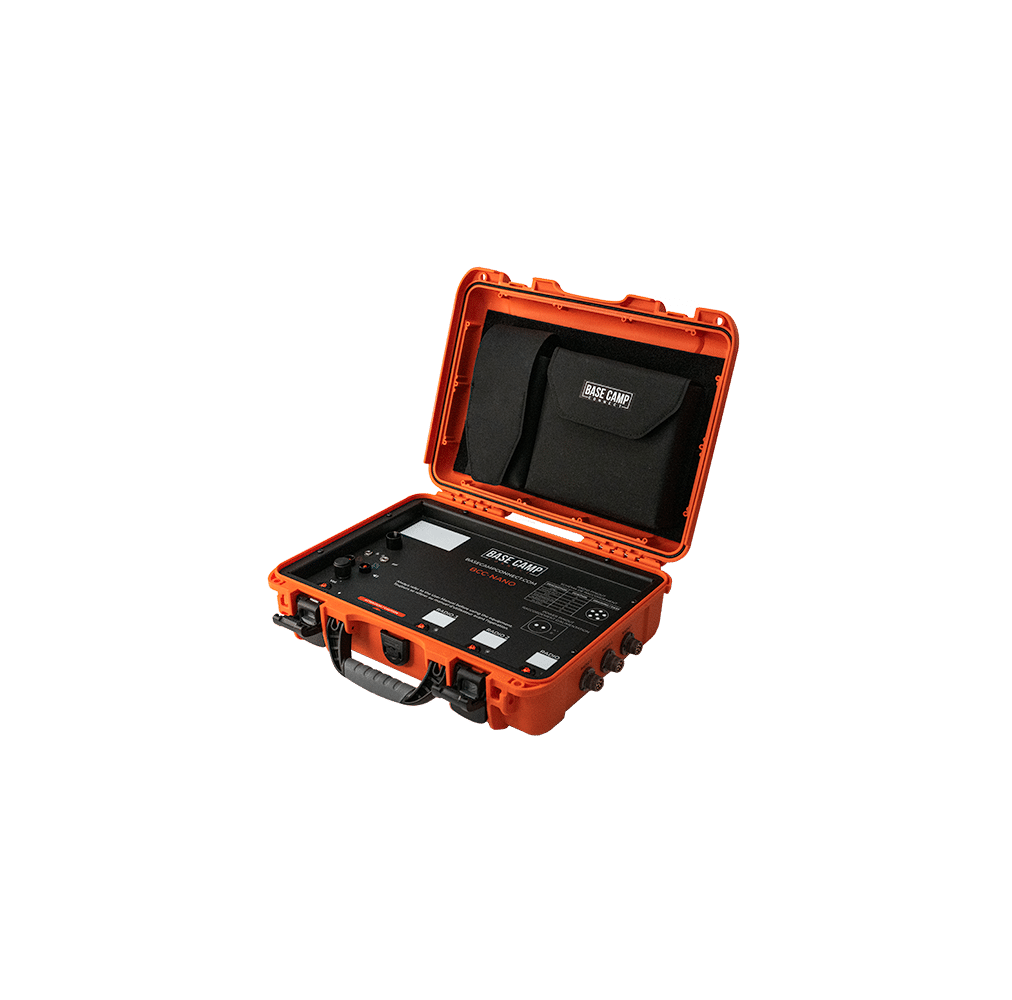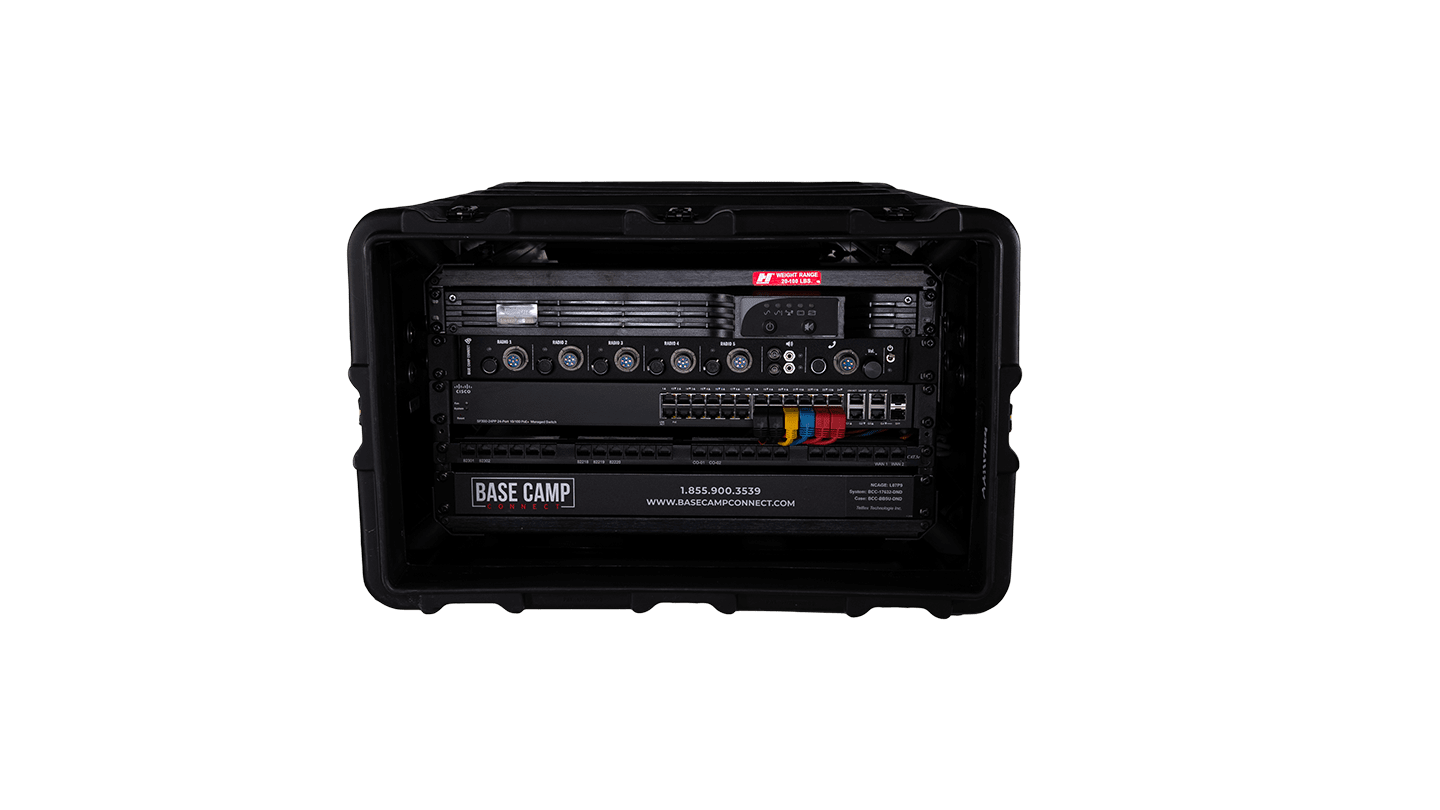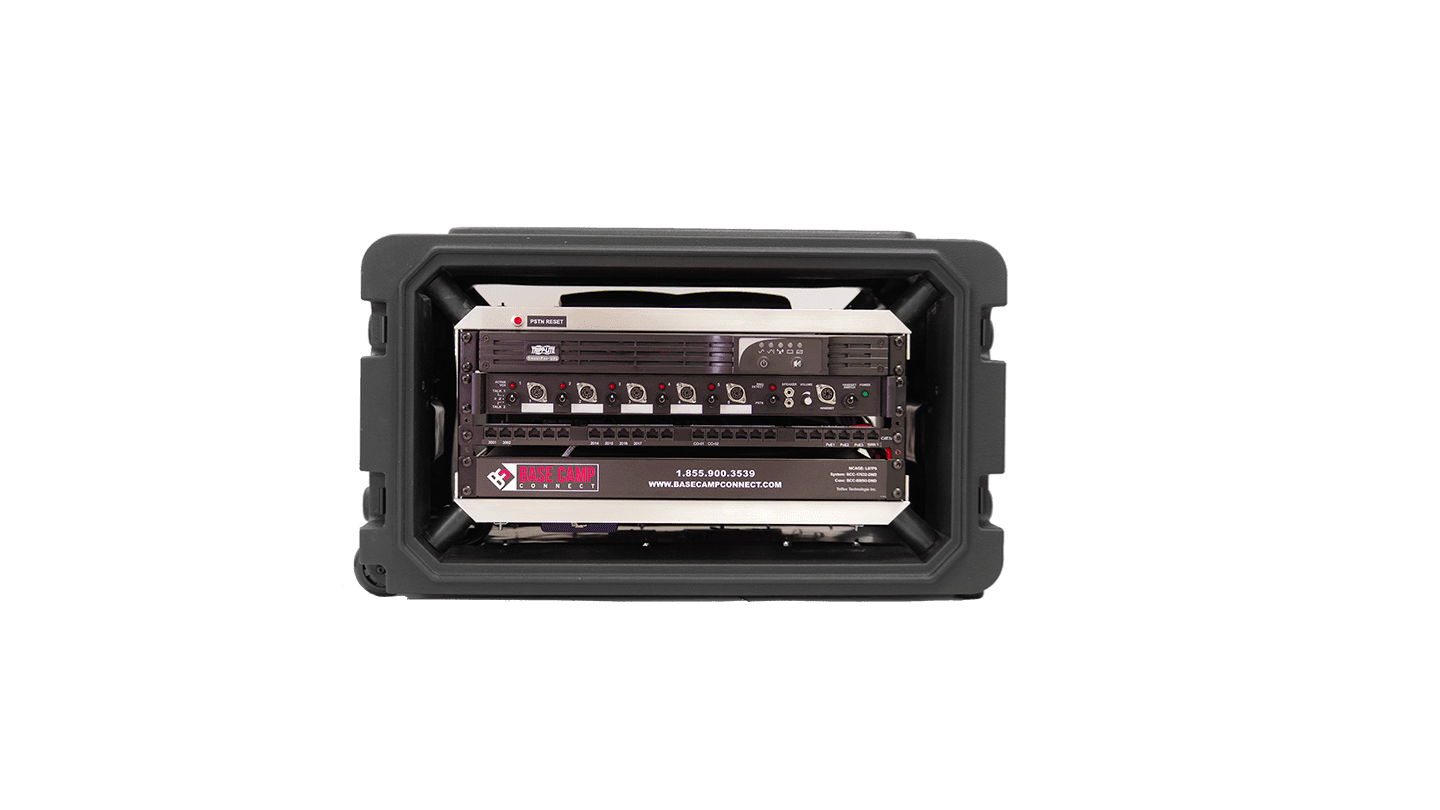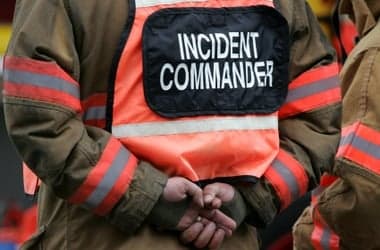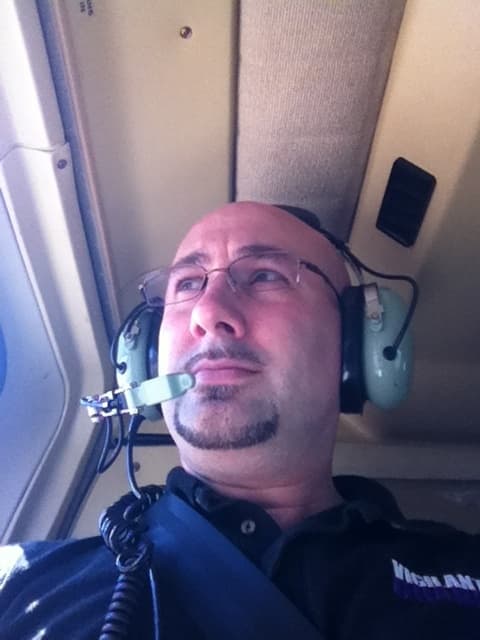It’s no mystery that communication is a key element of incident management. While we often criticize various aspects of communications in after action reports of exercises, events, and incidents; we quickly lose sight of what must be addressed. Interestingly enough, we don’t put enough emphasis on the management of communications. In an incident, the management of communications is the responsibility of the Communications Unit Leader.
The Communications Unit Leader is a position within the Logistics Section of the Incident Command System (ICS) and other similar incident management systems (IMS). The Communications Unit Leader is responsible for developing plans for the effective use of incident communications equipment and facilities, and managing the distribution of communications equipment. As with other positions in ICS, we tend to understaff the Communications Unit, which on a larger incident MUST be more than just the Communications Unit Leader. A variety of technicians and equipment operators are necessary to support incident communications needs.
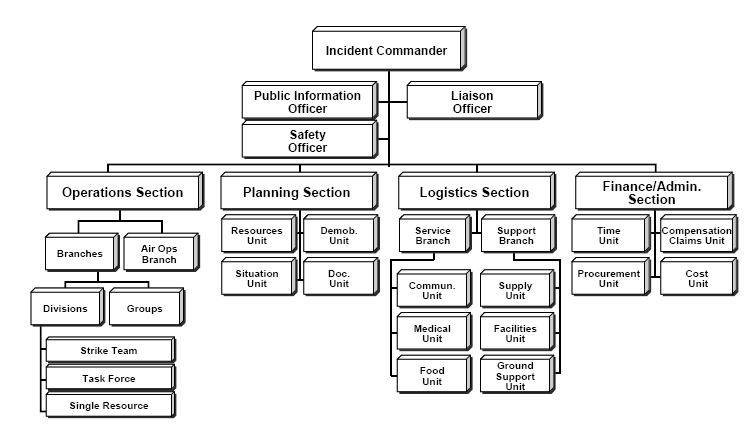
Example of a ICS basic organization chart
I’ve blogged earlier about the topic of interoperability and the necessity of properly preparing for it to help ensure measurable outcomes. A big part of implementation when it comes to interoperability is the Communications Unit Leader. Aside from bringing some expertise to the party, they must be able to coordinate among all the internal and external stakeholders, plan and anticipate needs, and manage the system.
The selection of communication unit staff needs to address communications comprehensively. As such, a jurisdiction can’t often fill this need with the identification of just one person. Supervisory dispatchers are often experts in dispatch protocol and use of local systems. Technicians are certainly needed, familiar with not only radios, but also computers, computer networking, and other related technologies. Amateur radio operators, such as through the RACES organization, also often come with essential qualifications. Personnel should be familiar with communications needs for a variety of operations, including secure communications and communications within clandestine environment, such as for personnel wearing respirators and other personal protective gear.
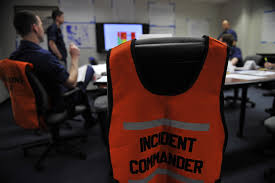
A qualified communications unit leader is a valuable member of your local public safety community. They should not only be involved in incident response, but also preparedness and recovery. For communications to function properly and to address all needs, these activities should be planned, with all strengths and weaknesses analyzed, and identified strategies ready to implement. Communications Unit staff will provide expert input to tactical interoperability plans, and ensure they are implemented to the fullest extent during incidents. These personnel are also among your best advisors on communications equipment, knowing what will work best under the conditions and limitations you have locally. They should also examine all equipment with an eye toward interoperability.
What background is needed to be in the Communications Unit? First, I highly recommend these individuals complete ICS training to at least the ICS 300 level. This will give them a good understanding, particularly, of the incident planning process, and their role in it. The communications unit’s primary job is to support incident operations through whatever communications means are necessary. If they are to be part of a formal incident management team, there is additional team training which they should also take part in. Obviously Communications Unit personnel should also have a good understanding, foundationally, of various communications systems – not just radios.
Beyond that training and experience, there are other training programs which help to enhance expertise in the functionality of the Communications Unit. In the US, FEMA’s Emergency Management Institute offers E-969: NIMS ICS All Hazards Communications Unit Leader. This course will help participants establish essential core competencies required for the duties of a Communications Unit Leader in an all hazards incident. The National Public Safety Telecommunications Council also offers a course for NIMS/ICS compliant Communications Technician training. Both of these courses are free of charge to eligible participants.
Lastly, to ensure proper and practiced integration of the communications unit, they should be included in as many exercises as possible. Communications are often an essential element of exercises, so communications unit staff should also be integrated. Exercise their role, the equipment they use, and the plans, policies, and procedures that are established. Exercising properly involves the identification and analysis of strengths and areas for improvement.
The bottom line is that the Communications Unit Leader is responsible for ensuring that incident communications are effective. To do so, the Communications Unit Leader must have working knowledge of the local communications systems capabilities, limitations, physical structures; specific frequencies and the range of frequencies available; patching/interoperability technologies (such as Base Camp Connect!); and local topography. Identify and train candidates and integrate them into the full spectrum of public safety – not just response. The investment will pay off!




